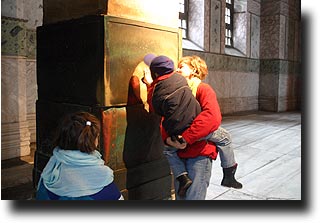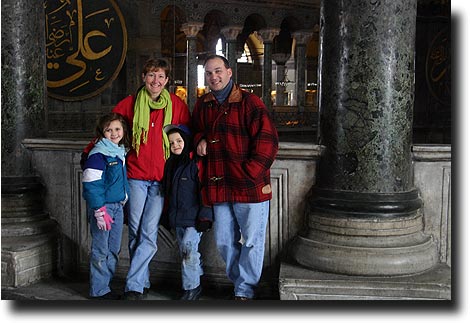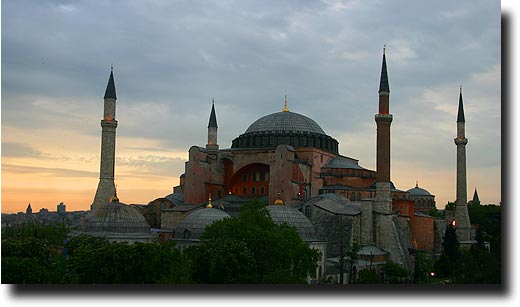

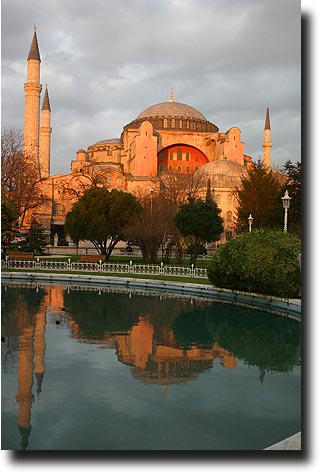 |
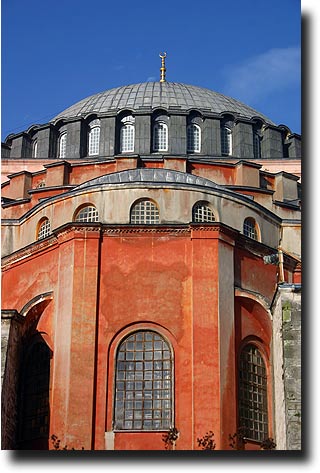 |

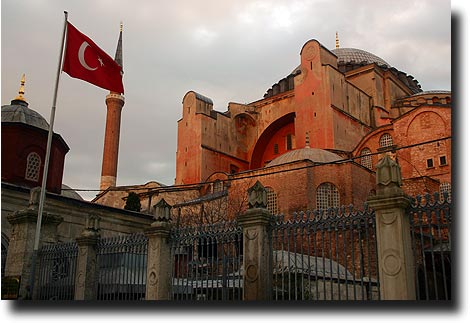
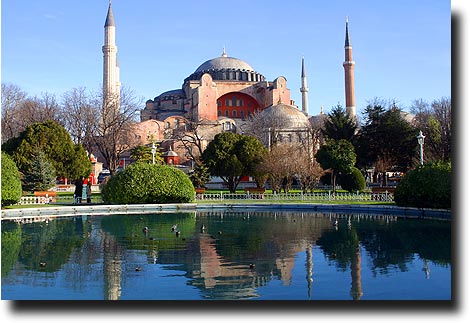 |
When the Ottoman Turks conquered the city in 1453, they brought Islam to the area and converted the cathedral into a mosque. All of the minarets are from the time after the fall of Constantinople (or the conquest of Byzantium - depending on whose history you are reading!!) |
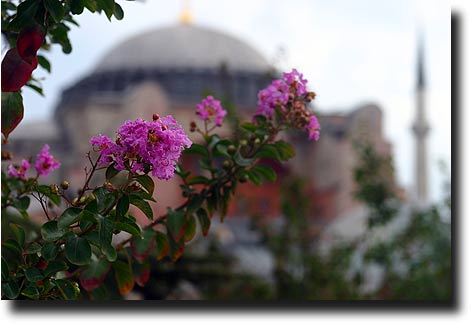 |
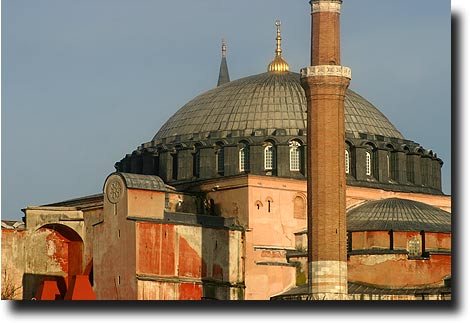
The Hagia Sophia is a profound place of beauty. I found the domes and arches to complement each other perfectly, and the minarets added an interesting vertical element. Plus it looks nice with all the flowers around! |

As the dark draws in, the lights on the
museum go on, bathing it in a magical glow...
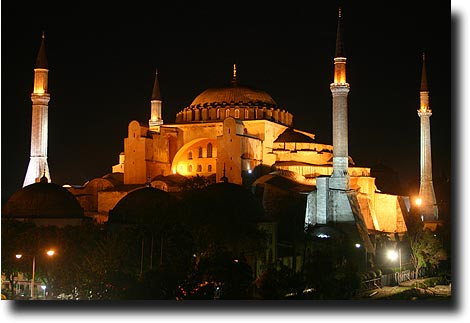
|
It was full of stunning gold and precious stone mosaics, the Byzantine's preferred art form. A mosaic is a picture made up of thousands of small pieces of stone, glass, gold or jewels. From a distance, it looks like a painting or fresco. As you walk closer, you see the amazing detail.
|
|
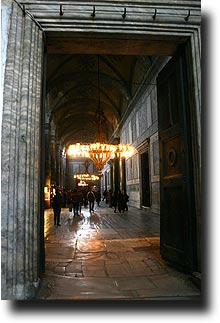 |
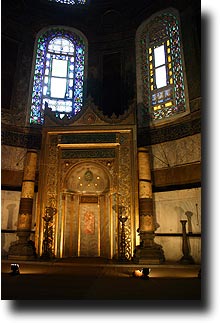 |
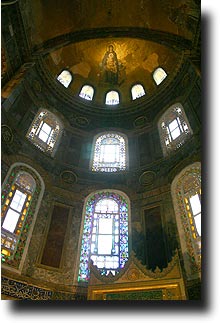 |
||
|
|
||||
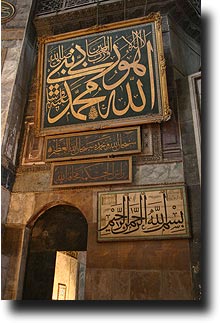 |
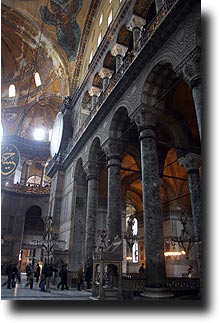 |
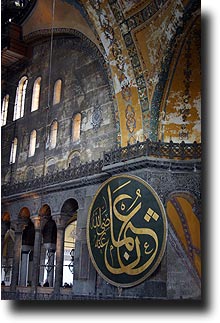 |
||
|
|
||||
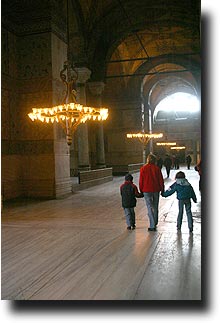 |
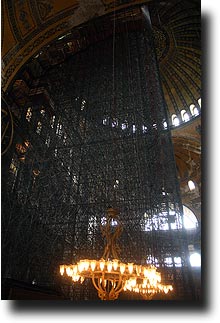 |
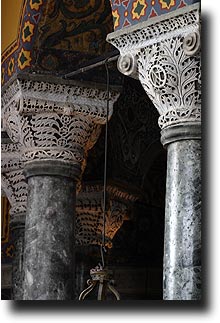 |
||
|
|
||||
